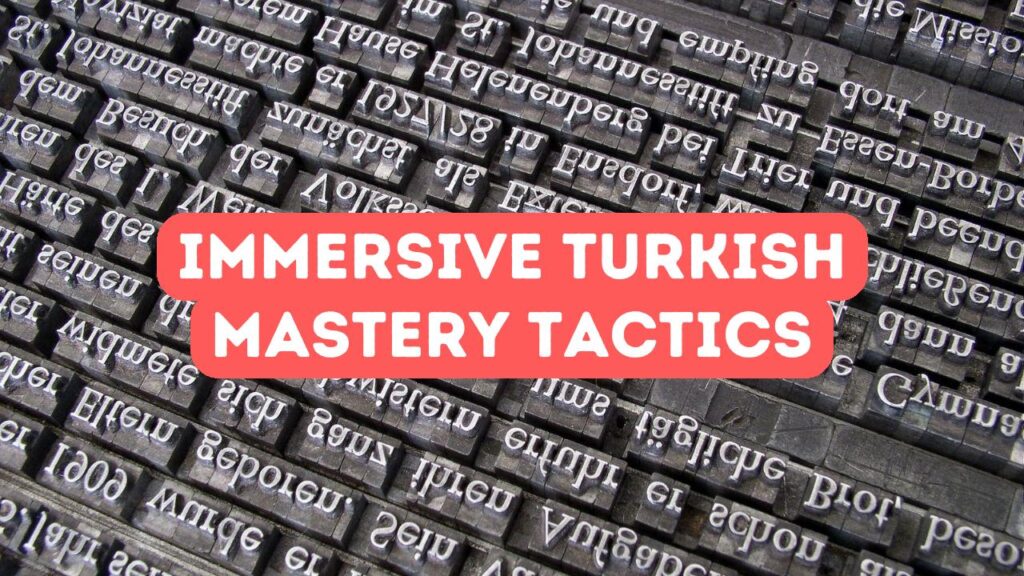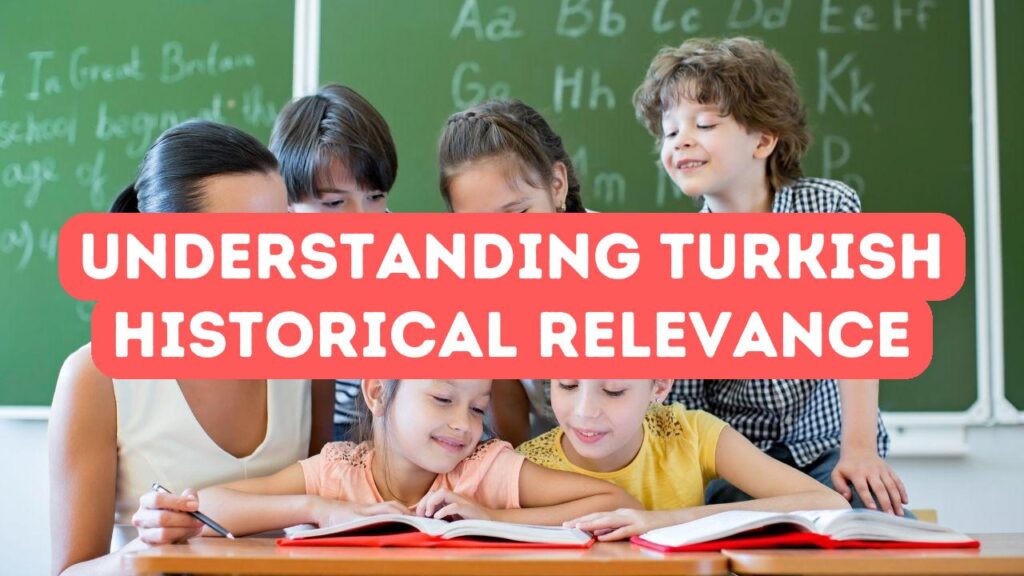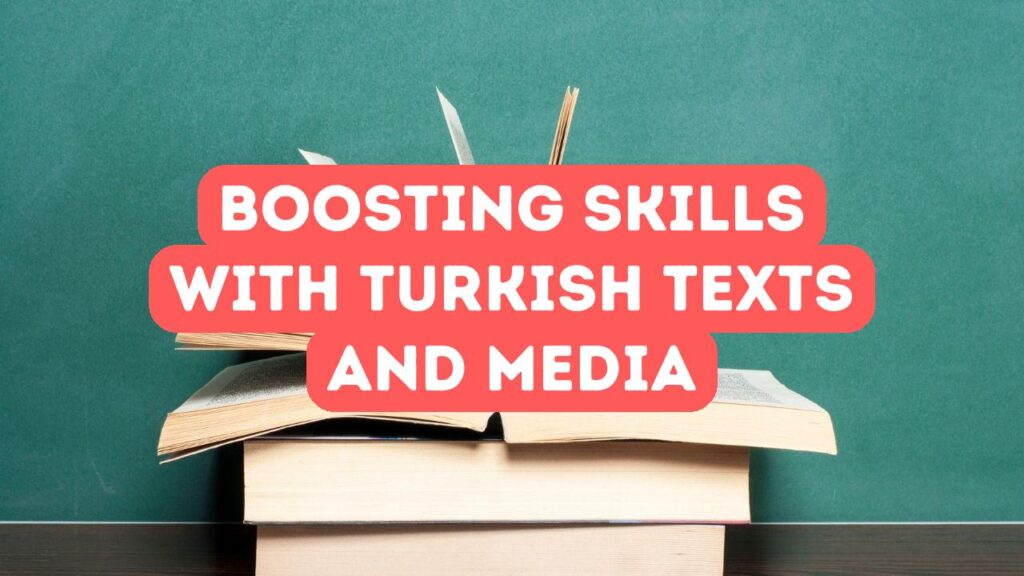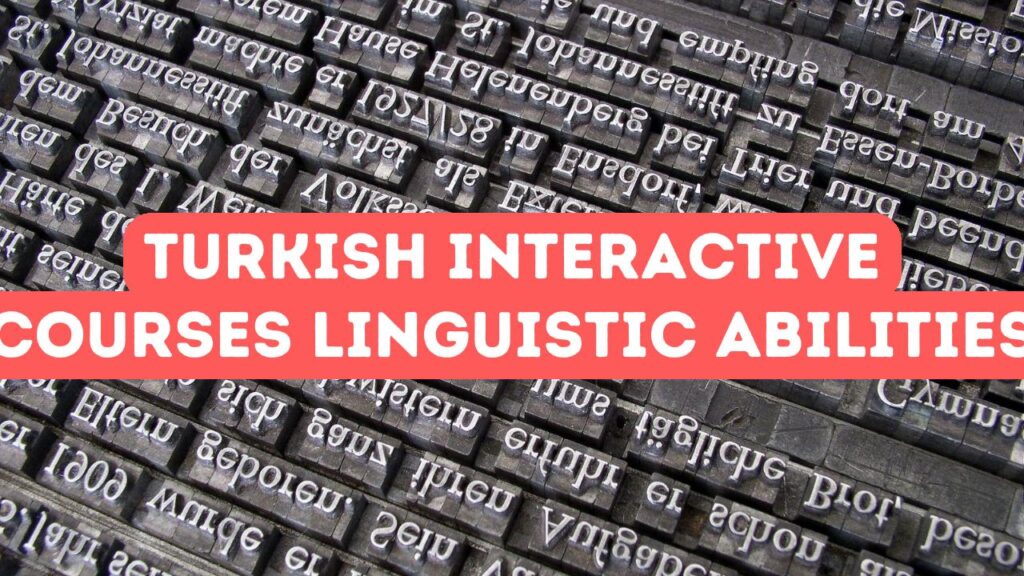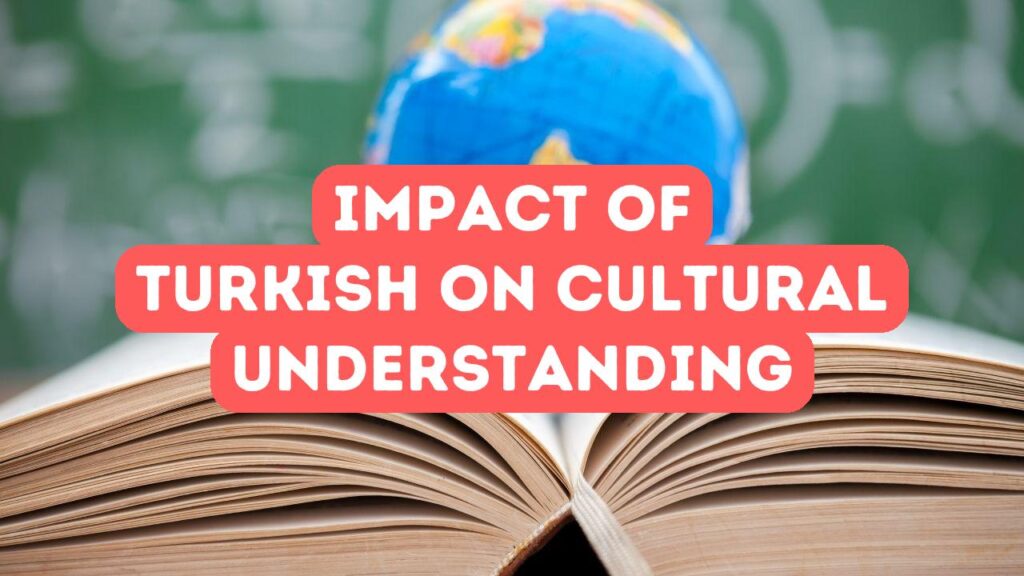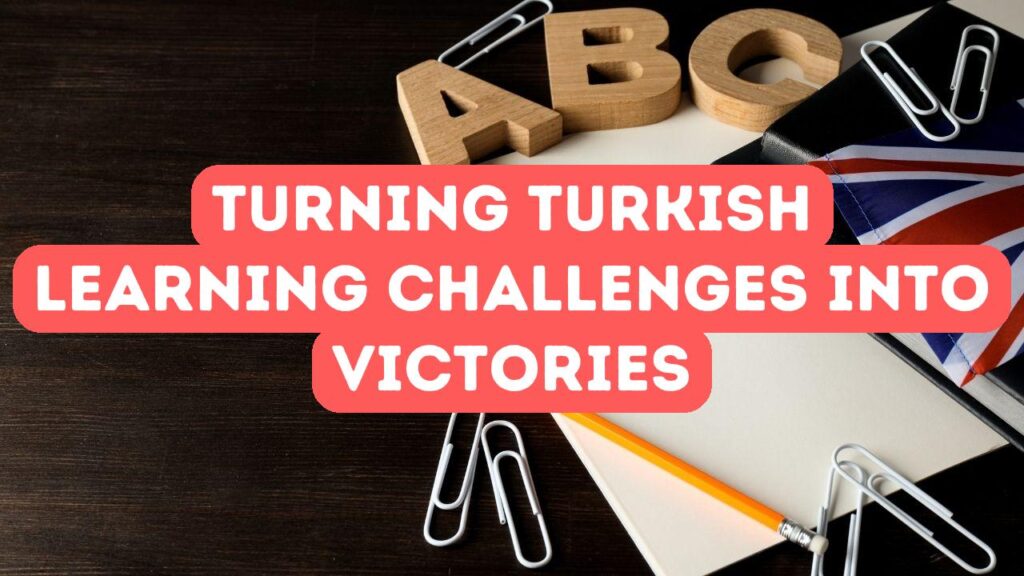Unleashing the Power of Immersion Learning
Immersive learning is not just a buzzword, but a powerful vehicle for language acquisition that can be uniquely effective for mastering Turkish. It involves surrounding oneself with the target language in both direct and indirect ways, creating a linguistic ecosystem in which every interaction reinforces and builds upon the last. This means transforming your environment to integrate Turkish, from changing your phone and computer settings to Turkish, to labeling household items with their Turkish names. It makes the language a constant presence in your daily life, allowing for a natural and intuitive learning process that mimics the way we first learn our mother tongue. By engaging consistently with Turkish media, such as films, music, and books, as well as interacting with native speakers through language exchange meetups or online platforms, learners can accelerate their proficiency by leaps and bounds, turning every moment into a lesson in context, usage, and nuance.
Building on this foundation of environmental immersion, it is crucial to embrace active usage of Turkish in practical scenarios. Role-playing common social interactions, from ordering food at a restaurant to asking for directions, solidifies linguistic structures and vocabulary in a learner’s memory. Additionally, engaging in consistent, purposeful conversations with native speakers — whether through an organized tandem partnership or casual encounters — challenges learners to move beyond the theoretical and into the realm of practical language usage. This tactic not only sharpens listening comprehension and speaking skills but also imbues learners with the cultural nuances and expressions that lie at the heart of truly fluent communication. Through such direct application of the language, students bridge the gap between passive recognition and active, confident expression, a critical step in achieving mastery.
Culminating the immersive learning journey is the incorporation of reflective practices that cement the Turkish language within the learner’s cognitive framework. Regular journaling or blogging in Turkish, for instance, offers the chance to process experiences and articulate thoughts using newly acquired vocabulary and grammatical structures. This self-expression not only serves to reinforce learning but allows for personal growth and a deeper connection to the Turkish culture. It is also imperative that learners seek feedback on their written and spoken Turkish, which can be achieved through language learning communities or by working with a tutor. This continuous loop of practice, feedback, and refinement transforms mistakes into powerful learning moments, solidifying the learner’s competence in Turkish and fostering a resilient, adaptive approach to language mastery. With dedication to these immersive techniques, learners can not only achieve fluency but also gain an invaluable perspective that transcends linguistic boundaries.
Strategic Approaches to Turkish Fluency
One of the most strategic approaches to achieving fluency in Turkish is to embed the language into your daily routine in a way that feels natural and sustainable. This could involve swapping your default entertainment sources with Turkish counterparts—for example, listening to Turkish music, watching Turkish films or series with subtitles, and following Turkish news outlets. The key is to find content that resonates with you personally, as genuine interest drives motivation and makes the uptake of new vocabulary and grammatical structures more intuitive. Over time, this method ensures that your exposure to Turkish isn’t confined to study sessions alone but becomes a living aspect of your everyday life, allowing language acquisition to occur organically as you start thinking and even dreaming in Turkish.
In addition to modifying your media consumption, engaging with interactive language learning tools can dramatically enhance your fluency. Utilize apps and online platforms that specialize in Turkish to practice speaking, listening, and writing. These resources often use gamified learning techniques, making the process feel more like play than work. Furthermore, make speaking a daily habit by joining language exchange communities, where you can converse with native Turkish speakers who are eager to learn your language in return. This reciprocal arrangement not only hones your conversational skills but also acquaints you with the colloquial and cultural nuances of the language. These tactics don’t just engrain linguistic patterns in your psyche; they also foster a sense of global community and cultural appreciation.
Finally, immersing yourself in the physical or digital realms of Turkish speakers can propel you towards fluency. Consider virtual reality (VR) encounters that simulate real-life conversations and cultural experiences, or dive into the vast offerings of language learning communities on social media that offer daily prompts, challenges, and feedback from native speakers. Don’t shy away from technology that allows you to engage in linguistic exchange, such as video chats with Turkish tutors, or participating in forums that explore the intricacies of Turkish poetry and prose. By integrating these strategies, your path to mastery becomes intertwined with authentic communication and rich cultural exploration, bridging the gap between language as a subject and as a living, breathing form of human connection.
Mastery Tailored Techniques: Advanced Language Acquisition
In the realm of advanced language acquisition, tailored techniques are the linchpin in transitioning from intermediate fluency to true mastery of Turkish. It involves a meticulous blend of structured learning and real-world practice, where advanced grammar concepts and nuanced vocabulary are interwoven seamlessly into daily life. For the adept learner, this might mean engaging with complex Turkish literature, delving into the subtleties of idiomatic expressions, and challenging oneself with sophisticated writing exercises that reflect the elegance and depth of the language. This approach encourages active language use in thought-provoking discussions, debates, and cultural exchanges that not only cement linguistic structures but also imbue the learner with the cultural context that is so vital for the mastery of any language, particularly one as context-rich as Turkish.
Building upon this foundation, advanced learners must embrace immersion through technology, integrating Turkish media into their daily routine. This could mean subscribing to Turkish news podcasts, watching Turkish films and series with the subtitles off, or even participating in virtual reality experiences that simulate life in Turkish-speaking environments. These interactive practices enhance listening skills and provide exposure to the language as it’s authentically spoken, complete with regional accents and colloquialisms. They also serve to refine pronunciation and oral comprehension, bridging the gap between textbook Turkish and the dynamic, living language. It is in these moments—when the language is experienced in vivid context—that idiomatic phrases become second nature, and the rhythms and intonations of the language are truly internalized.
To solidify this elevated level of proficiency, advanced learners of Turkish must actively pursue opportunities for spontaneous conversation and debate. Engaging with native speakers in unscripted, real-time dialogues sharpens one’s ability to think and respond quickly in Turkish, pushing linguistic boundaries and testing the agility of language use in a variety of contexts, from nuanced political discussions to casual chats about daily life. Beyond honing verbal skills, these interactions often reveal cultural nuances and expressions that textbooks cannot capture, providing a richer, more textured understanding of both language and society. Such sustained, meaningful exchanges are the crucible in which advanced proficiency is truly forged, completing the transformation from a student of the language to an articulate, culturally fluent speaker.

